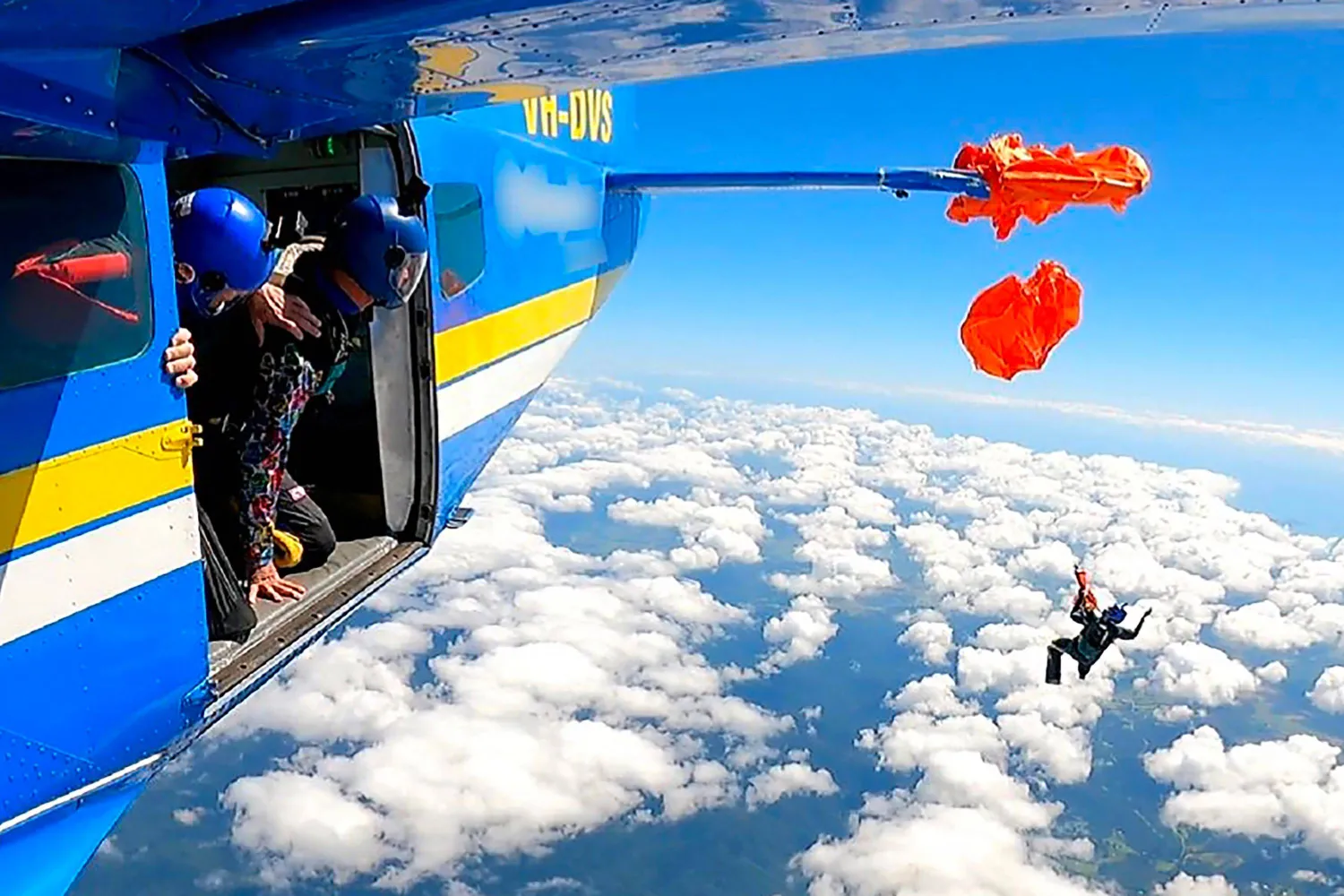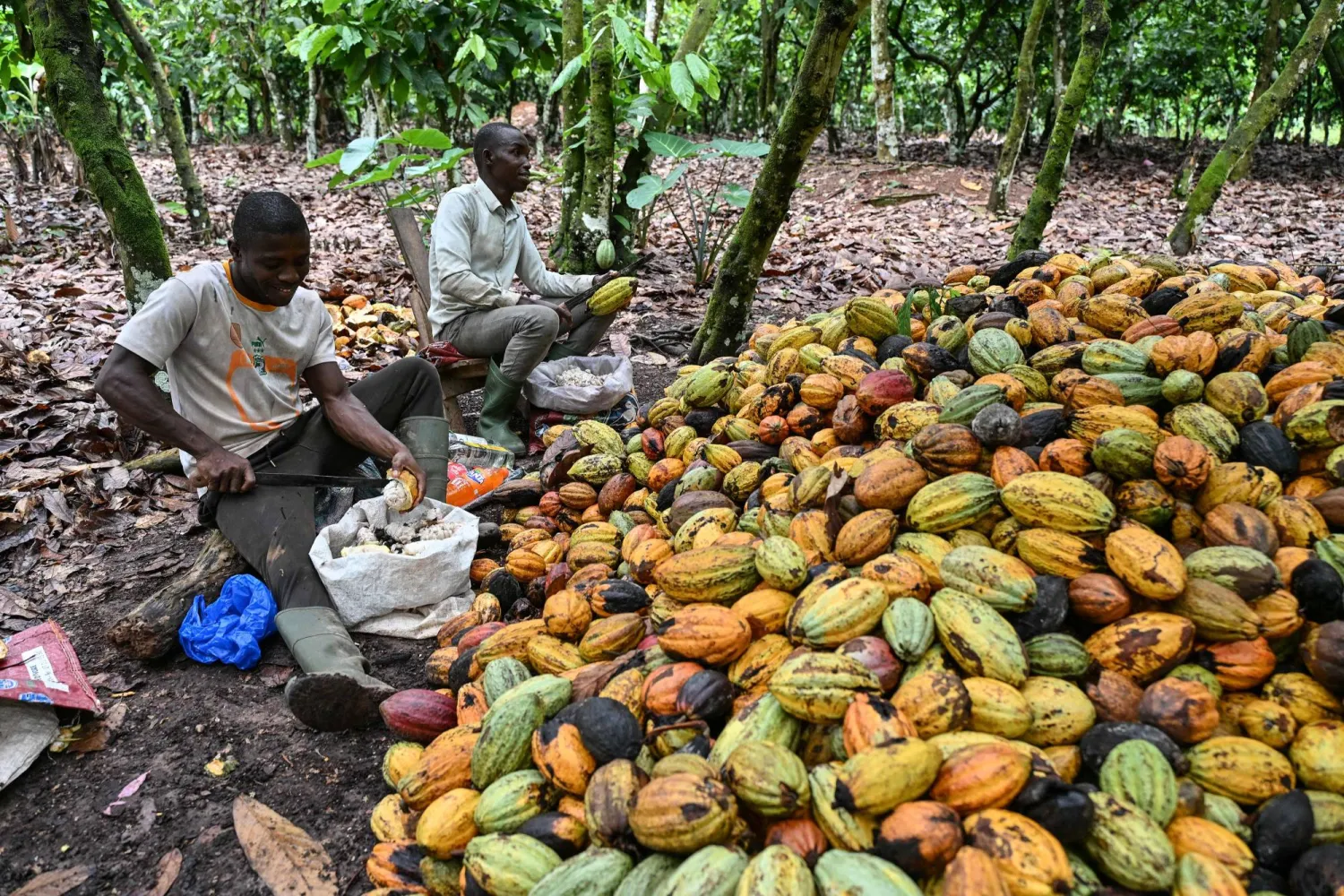A Dutch historian found a unique 1,000-year-old medieval golden treasure, consisting of four golden ear pendants, two strips of gold leaf and 39 silver coins, the Dutch National Museum of Antiquities (Rijksmuseum van Oudheden) announced on Thursday.
Lorenzo Ruijter, 27, who told Reuters he has been treasure hunting since he was 10, discovered the treasure in 2021 in the small northern city of Hoogwoud, using a metal detector.
"It was very special discovering something this valuable, I can't really describe it. I never expected to discover anything like this", Ruijter said, adding that it was hard to keep it a secret for two years.
But experts of the National Museum of Antiquities needed the time to clean, investigate and date the treasure's objects and have now found that the youngest coin can be dated back to around 1250, which made them assume the treasure was buried then.
By that time the jewelry was already two centuries old, the museum said, adding it must already have been "an expensive and cherished possession".
"Golden jewelry from the High Middle Ages is extremely rare in the Netherlands," the museum also said.
While it will remain a mystery why exactly the treasure was buried, the museum pointed out there was a war raging between Dutch regions West Friesland and Holland in the middle of the 13th century, with Hoogwoud being the epicenter.
Lorenzo said it is possible someone powerful at the time buried the valuable objects as a way to protect them and hopefully dig them up once it was safe again.
Given its archaeological significance, the treasure was given as a loan to the museum which will display it, but it will remain the official property of finder Lorenzo Ruijter.









